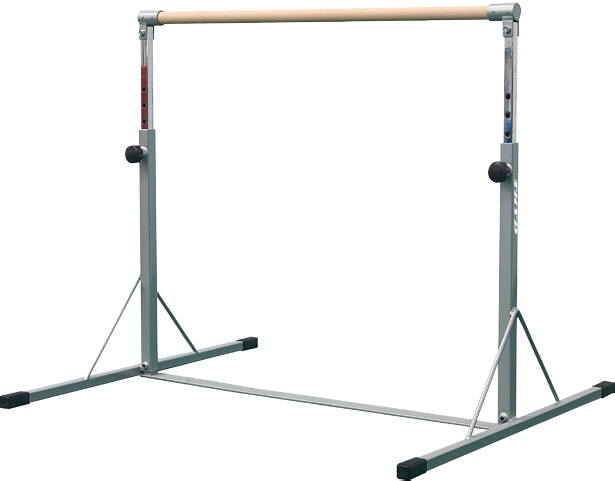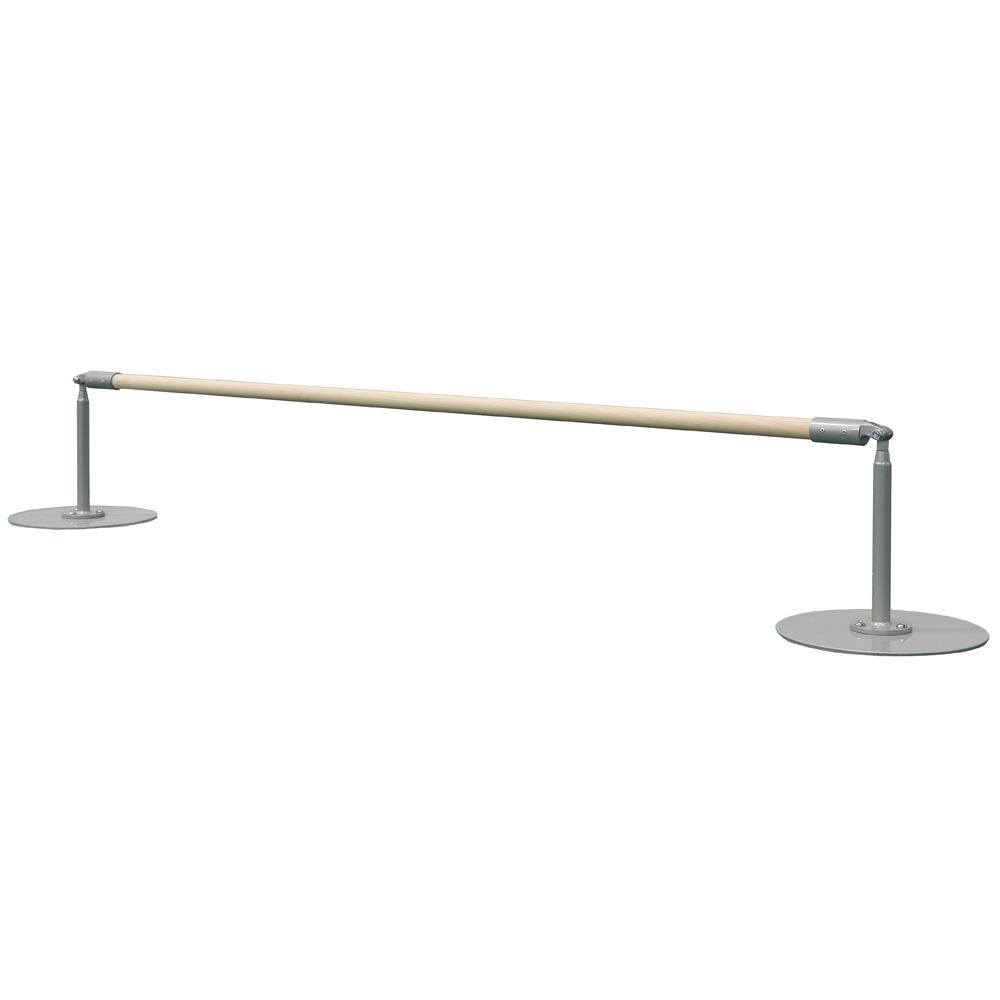Maximizing Your Upper Body Training with Bar Exercises
The humble gym bar holds incredible potential for transforming your fitness routine. While most people associate bar training primarily with pull-ups, this versatile piece of equipment offers a wealth of creative exercises that can sculpt your core, build impressive arm strength, and enhance overall upper body development. Whether you're a beginner looking to progress beyond basic movements or an advanced athlete seeking new challenges, gym bar workouts can provide the perfect blend of strength, stability, and functional fitness training.
Today's fitness enthusiasts are discovering that gym bar workouts offer unique advantages over traditional weight training. The combination of bodyweight resistance and compound movements creates a natural, fluid way to build strength while improving coordination and body awareness. Let's explore the diverse world of bar-based exercises that go well beyond the standard pull-up.
Foundation Movements for Bar Training Success
Essential Grip Variations
Before diving into complex movements, mastering different grip techniques is crucial for effective gym bar workouts. The standard overhand grip forms the basis of many exercises, but incorporating underhand, neutral, and mixed grips opens up new movement possibilities and targets muscles from different angles. Practice transitioning between these grip styles to build forearm strength and improve overall bar control.
Advanced practitioners can experiment with false grips and hook grips, which enable more dynamic movements and skill transitions. However, proper progression is essential to prevent injury and ensure optimal training benefits.
Body Position Fundamentals
Understanding how to position your body relative to the bar is crucial for executing exercises correctly. The dead hang position serves as the foundation, but learning to engage your shoulders properly through scapular pulls and active hangs will significantly improve your movement quality and strength gains. Focus on maintaining tension through your core and upper body while practicing these fundamental positions.
Additionally, mastering hollow body positions and arch holds will provide the necessary body control for more advanced gym bar workouts. These positions translate directly into improved performance across all bar exercises.

Advanced Core Activation Techniques
Dynamic Hanging Exercises
Core engagement during gym bar workouts extends far beyond basic hanging leg raises. Incorporating windshield wipers, around-the-world movements, and L-sit progressions challenges your core stability in multiple planes of motion. These dynamic exercises not only build impressive abdominal strength but also improve your body's rotational control and overall movement capacity.
For maximum effectiveness, focus on slow, controlled movements rather than momentum-driven swings. This approach ensures constant core engagement and helps develop the mind-muscle connection necessary for advanced progression.
Isometric Core Challenges
Static holds play a crucial role in developing core strength and stability. Front lever progressions, back lever holds, and various L-sit positions create intense isometric contractions that build exceptional core strength. Begin with tuck positions and gradually work toward full extensions as your strength improves.
These isometric exercises not only strengthen your core but also enhance your overall body awareness and control during gym bar workouts. Regular practice of these holds will significantly improve your performance in other bar-based movements.
Innovative Arm Development Strategies
Compound Movement Patterns
While isolation exercises have their place, compound movements on the gym bar provide superior results for arm development. Muscle-ups, close-grip pull-ups, and straight bar dips engage multiple muscle groups simultaneously, creating more efficient strength gains and improved functional movement patterns.
These exercises challenge both the pushing and pulling mechanics of your arms, ensuring balanced development. The key lies in maintaining strict form and progressing gradually through appropriate variations and assistance methods.
Time Under Tension Techniques
Incorporating pause reps and slow negatives into your gym bar workouts maximizes muscle fiber recruitment and strength development. Extended eccentric phases during pull-ups and controlled lowering during muscle-up negatives create significant hypertrophic stimulus while improving movement control.
Experiment with various tempo patterns to challenge your arms in new ways. This approach not only builds strength but also improves your endurance and movement quality on the bar.
Recovery and Progressive Overload Methods
Strategic Training Frequency
Effective recovery is crucial for progress in gym bar workouts. Unlike traditional weight training, bar work often involves full-body engagement and significant neural demands. Structure your training schedule to allow adequate recovery between intense sessions while maintaining frequent practice of fundamental movements.
Consider implementing active recovery days focusing on mobility work and skill practice at lower intensities. This approach helps maintain progress while preventing overtraining and reducing injury risk.
Systematic Progression Planning
Progress in bar training requires careful attention to progressive overload principles. Rather than simply increasing repetitions, focus on advancing through movement progressions and varying exercise parameters such as tempo, hold times, and movement complexity.
Track your progress systematically and adjust your training plan based on performance and recovery capacity. This methodical approach ensures consistent improvement while minimizing plateau periods.
Frequently Asked Questions
How often should I incorporate gym bar workouts into my routine?
For optimal results, aim to include bar training 2-3 times per week with at least one day of rest between sessions. Beginners may start with twice weekly sessions, while advanced practitioners can train more frequently if recovery allows. Listen to your body and adjust frequency based on your recovery capacity and overall training volume.
What are the best exercises for beginners on the gym bar?
Start with dead hangs, scapular pulls, and negative pull-ups to build basic strength and body awareness. Incorporate assisted pull-ups, hanging leg raises, and inverted rows as you progress. Focus on mastering proper form before attempting more advanced movements.
How can I prevent hand calluses during bar training?
Maintain proper grip technique, avoiding excessive friction on your palms. Use chalk when necessary, and consider wearing gymnastics grips for high-volume sessions. Regular hand maintenance, including filing calluses and moisturizing, helps prevent tears and maintains skin health.


